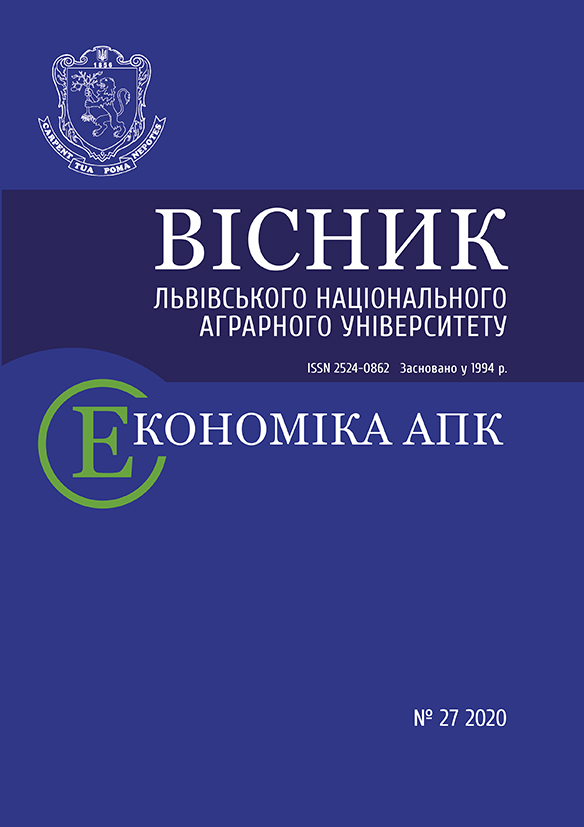Visnyk LNAU: Architecture and Farm Building 2021 №22: 99-104
EVOLUTION OF FINNISH DESIGN DEVELOPMENT
N. Savchak, Candidate of Technical Sciences
ORCID ID: 0000-0002-3908-7137
Lviv National Agrarian University
https://doi.org/10.31734/architecture2021.22.099
Annotation
A theoretical assessment of the peculiarities of the perception of Scandinavian design (in particular Finnish design) is offered. The formation of a new generation of design specialists capable of modernizing construction, industry and architecture is considered.
The objects of the designer's activity are studied, namely production interiors, easel lines, chemical installations, housing equipment, transport media, office equipment, household items, household radio equipment, etc.
The regularities of design development and the laws of sales and economy, material properties, design patterns are indicated.
The self-expression of world directions and protection characteristic of the northern countries, traditions of simple language, high quality, development of new production for the enterprises are investigated.
The tasks of the research topic are analyzed. Attention is drawn to the transformation of Finland from a manufacturer of raw materials and semi-finished products to a manufacturer of items that have a high skill of various technical protective equipment, machinery and tools for the forest industry, clothing and leisure equipment, as well as electronics.
Competition between new products and pressure from the world market has led to a rethinking of the importance of the designer in the industry.
The main factors that contributed to the development of design are national traditions, careful treatment of materials, geographical location of Finland, its climate.
The popularity and grandeur of Finnish design was assessed, starting with international fairs, first in Paris, later in New York, and finally the triumph in Milan (1950s).
Design began to play a leading role in industrial design. The basis of creativity in all spheres of the XIX-XX centuries – from music to fine arts, from ornament to architecture – was a cultural tradition that emphasizes national assertions. The main purpose of the design, its combination with the industrial production of practical household items, sold at a reasonable price, is determined.
The constant process of production growth is given, in which the youth movement and the growth of the cultural level of youth played an important role.
The definition of industrial design as a collective cooperation between professionals in various fields is given.
A brief analysis of the awards of Finnish design for the period of the late twentieth and early twentieth centuries.
Trends in the development of perceptions of Finnish design are highlighted and established, and some of its peculiarities of formation are introduced into scientific circulation: visualization of the surrounding space in relation to time, period, place of perception, observation zone and coverage area.
Key words
perception, features, designer, industrial design, factor
Link
- Behenau Z. H. Function, shape, quality. Moskow: Myr, 1969.
- Kurlishchuk B. F. Interior design of residential and public buildings. Kyiv: Institute for systems research in education, 1995.
- Peltonen J. Innovative design from Finland. Finfo: finnish features. 1997. No. 1: Finnish design. Р. 2–12.
- Savchak N., Savchak R. Features of perception of the system of architectural transformations of the surrounding space (on the example of Prykarpattia). Bulletin of Lviv National Agrarian University: аrchitecture and аgricultural сonstruction. 2020. No. 21. Р. 81–83.
- Shumeha S. S. The history of the origin and development of design is the history of furniture and interior design. Kyiv: Center for Educational Literature, 2004.



